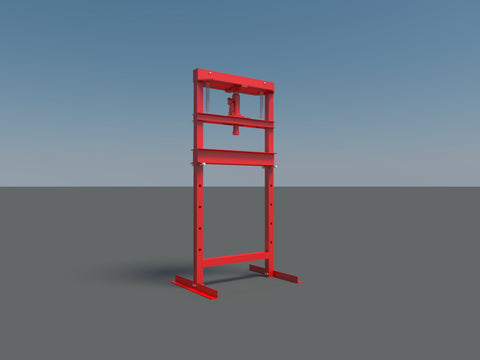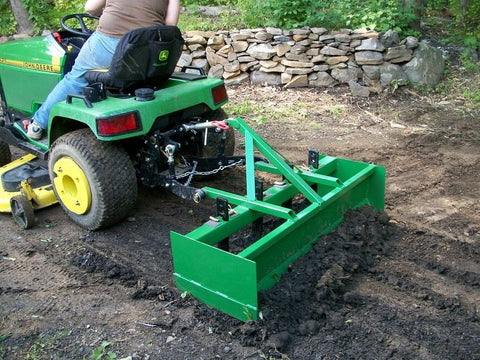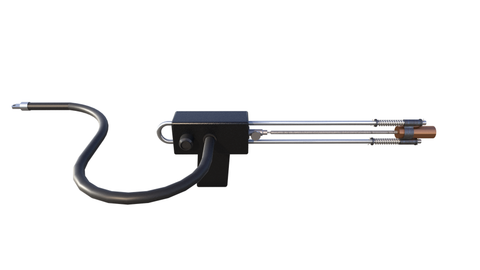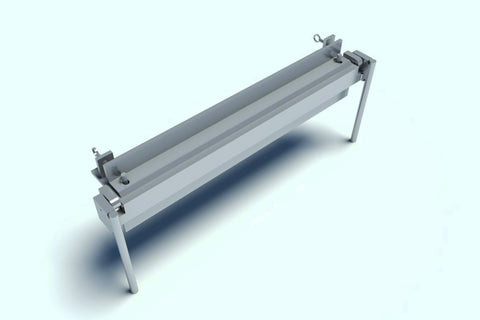Gas Fired Jewelry Smelting Furnace Plans DIY Metal Scrap Gold Silver Melting
These DIY plans will show you how to build your own Gas Fired Smelting Metal Melting Furnace.
WITH THIS SMALL Metal Melting Furnace you can melt down gold, silver, aluminum, brass and copper; preheat small, thick pieces of iron and steel for brazing or forging; caseharden soft steel; make up alloys and bake vitreous enamels on metals. You can use either LP or city gas.
The refractory lining: Build the refractory lining inside a sheet-metal can from 11-1/2 to 14in. in diameter, and from 14 to 17 in. high.
What Are Gas Fired Smelters?
The use of natural gas for steel production is likely to increase in the coming years. This trend is aimed at reducing electrical energy use and increasing productivity through pre-melting scrap. This article was originally published in the Gas Technology supplement. We invite you to submit articles for consideration. Contributors will be recognized in a special supplement of our magazine. If you are interested in obtaining recognition, consider submitting your articles for consideration.
Smelting Meaning
Smelting furnaces are used to produce metals. They are operated using a mixture of fuel and ore. The ratio of fuel to ore will directly affect the cost of producing metals. The ratio must be just right as too much fuel will result in nothing but very high temperatures and even higher costs. There are many types of smelters. This article will explore the various types and their benefits.
The process of smelting metals is based on electrolytic dissociation at high temperatures. For aluminum, a liquid metallic chloride compound is used and for magnesium, metallic oxide powder. Electric current is passed through the bath to dissociate the metallic compound. The metal then collects at the cathode, and gas is released from the anode. For copper, nickel, cobalt, and lead, the process is similar.
Modern smelting processes usually include a series of preliminary steps in order to concentrate the metal ore. The process requires high levels of heat and a chemical reducing agent, such as sulfur. The metal combined with oxygen then escapes as carbon dioxide or carbon monoxide. Next, impurities in the ore are removed through flux. Finally, the metal-filled metals are transferred to electric induction furnaces.
Smelting Definition
The basic difference between charcoal and gas-fired smelters is the ratio of fuel to ore. A gas-fired smelter will burn more fuel than its equivalent in coal. A large fuel-to-ore ratio will lead to hotter furnaces and kilns. The ratio of ore to charcoal is important because it directly affects the processing temperatures. However, the ratio is not the only factor that affects the cost of production.
Fuel is the major expense for reverberatory smelting. Choosing the fuel with the highest profit margin is imperative. Better grade fuel will be more cost-efficient. Fuel costs depend primarily on freight. However, a local supply may yield the same efficiency as a distant source. Regardless of the fuel's price, the cost of transport is the biggest factor in its total cost. A gas-fired smelter can produce a significant percentage of its raw materials from a single source.
Coal used in smelters can be sub-bituminous, which is ideal for this process. It can be fired with either a forced or natural draft, and flames sufficiently to produce metal. Because coal burns hotter, it requires frequent firing. In addition, Bear Creek requires much lower temperatures than Diamondville, and is known to degrade rapidly. With the addition of a gas-fired smelter, this fuel will save a significant amount of electricity.
How to smelt
To smelt metals, a Gas Fired Smelting Furnace is needed. The smelter's heat can melt and preheat metals, caseharden soft steel, and bake vitreous enamel on metals. It can run on city gas or LP gas. The furnace can be made of sheet metal cans or a refractory lining.
A gas fired smelter has a three-slot interface: an input slot for the smeltable item, an output slot for the finished item, and a fuel gauge. The input slot holds an item for smelting, and the arrow pointing to its progress shows how much is smelted. If the slot is full, the smelting process will cease. If an item is in the input slot when a furnace runs out of fuel, it will be removed from the input stack and replaced with another. When the fuel gauge is empty, the smelting process continues visually, and the output slot contains the partially smelted item.
The ratio of ore to fuel is an important consideration. The larger the ratio of charcoal to ore, the hotter the smelting furnace will be. Charcoal to ore is at least 20 to one and may be 40. This would mean that in a single smelt, five kg of copper is produced, but it would require 3.3 man days of labor and 700 kg of wood to create a single five kilogram piece.
All DIY plans are designed by Ben Stone. Ben is a retired Engineer in Canada. Ben also drafts these himself using the latest AutoCAD software to ensure accuracy. He studied Engineering back in the early 1980's. After over 30 years in the Construction industry he developed a passion for building cool items around his farm and cabin. These are great DIY projects. With a little skill anybody can Do It Yourself. Ben is always a email away if you have any questions while building one of his projects. He is adding new plans all the time.









